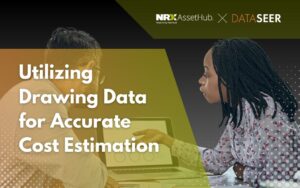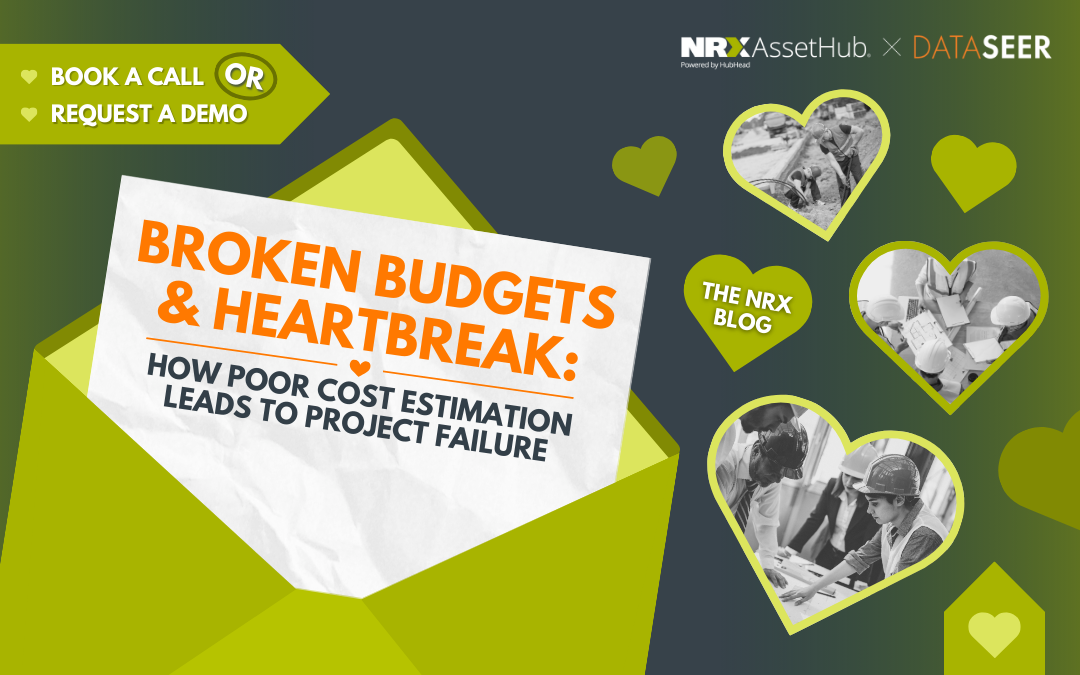One miscalculation in the world of large-scale projects can mean the difference between profit and loss or success and failure. Yet, poor cost estimation continues to plague industries, which eventually leads to budget overruns, missed deadlines, and lost opportunities. The impact? Strained client relationships, reduced profitability, and a frustrating cycle of reactive decision-making.

Where Cost Estimation Goes Wrong
At its core, cost estimation should be a precise science, but for many organizations, it remains more of an educated guess. Here’s why:
1. Relying on Historical Benchmarks Instead of Project-Specific Data
Many teams estimate costs based on past projects, using historical benchmarks rather than the actual details of the current project. While this may provide a rough guideline, it fails to account for real-time variables—such as new material costs, labour fluctuations, and design complexities—that can significantly impact the final price.
Without a process that extracts insights directly from drawing data, digital models, or project specifications, teams risk basing estimates on outdated assumptions rather than current realities.
2. Scope Creep and Uncontrollable Cost Overruns
Scope creep—the gradual, often unchecked expansion of project requirements—is one of the biggest drivers of budget overruns. When estimations fail to account for potential adjustments in scope, projects quickly become financially unmanageable.
Additionally, unforeseen costs arise from misalignment between the estimation phase and execution. Without a structured approach to updating cost projections as projects evolve, budgets become unreliable, and overruns become inevitable.

3. The Challenge of Competitive Bidding
For organizations that rely on lump sum project bids, inaccurate cost estimation poses an even greater risk. Bid too high, and you lose the contract. Bid too low, and you end up absorbing unforeseen costs, slashing profit margins or even operating at a loss.
Many organizations apply high contingency buffers to compensate for unknowns, but this often makes bids uncompetitive. The result? A lower win rate, fewer projects, and a constant struggle to balance risk and reward.
4. Keeping Up with the Increasing Demand for Faster Estimates
In today’s fast-paced environment, the volume of required cost estimates is growing. Teams are under pressure to produce quick, accurate estimates, yet many still rely on manual processes or outdated software that can’t keep up. As project complexity increases, so does the need for a scalable, automated approach to cost estimation.

The Bottom Line: A Systemic Issue That Needs Fixing
Without a structured, data-driven cost estimation process, organizations will continue to experience:
- Budget overruns that erode profits
- Missed deadlines that damage client trust
- Low bid win rates that reduce competitiveness
- Operational inefficiencies that slow down growth
The good news? There’s a smarter way to approach cost estimation—one that embraces digitalization, automation, and real-time project insights. In the next article, we’ll explore how modern solutions can turn cost estimation from a weak link into a competitive advantage.
Utilizing Drawing Data for Accurate Cost Estimation

The Challenges of Table Data Extraction

The Tedious Nature of Creating Piping Lists Manually

Share this article

